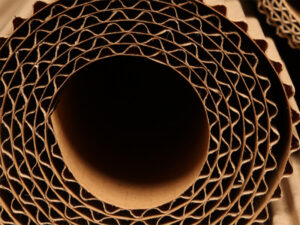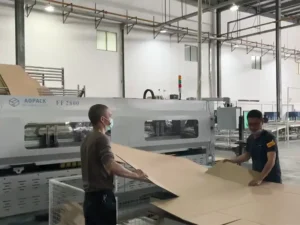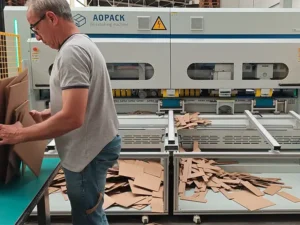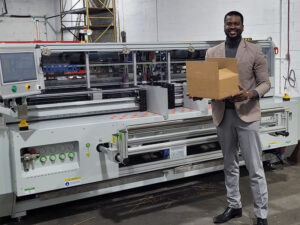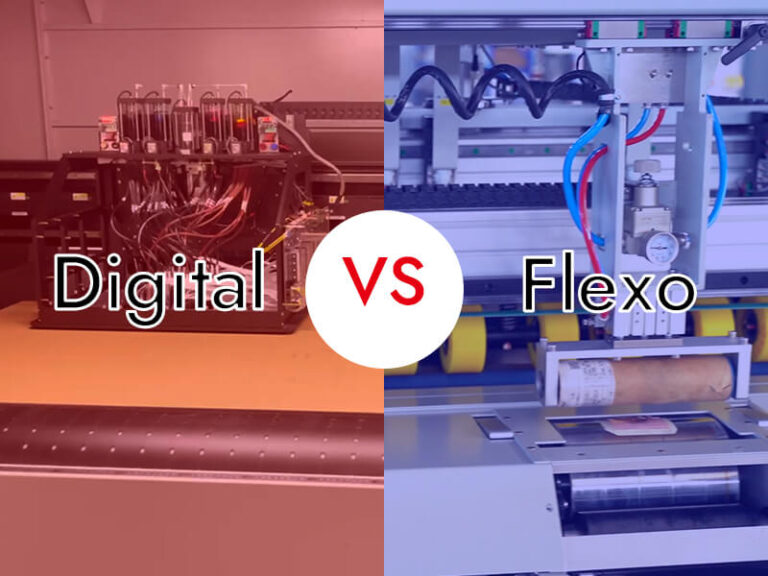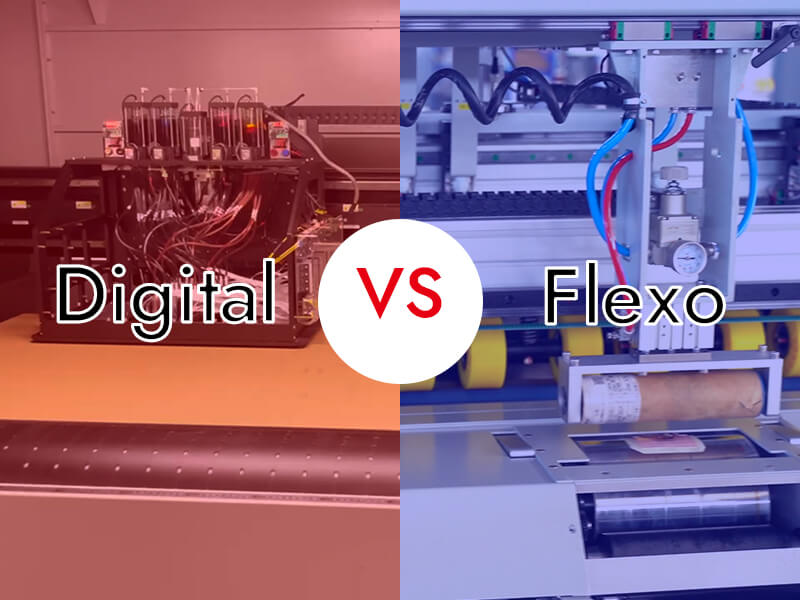In the packaging industry, corrugated board is widely used due to its durability and versatility. Two popular printing methods for corrugated board are digital printing and flexographic (flexo) printing. Each method has its unique characteristics, advantages, and disadvantages, making them suitable for different applications.
Digital Printing
Digital printing is a modern, non-contact printing method that directly transfers digital images onto the corrugated board using inkjet or toner-based technologies. It does not require printing plates, making it highly flexible and cost-effective for short to medium print runs.
Advantages:
1. Short Runs and Customization: Digital printing excels in producing small batches and customized designs, as it eliminates the need for plate setup.
2. Quick Turnaround: With no plate preparation, digital printing allows for faster production times.
3. High Detail and Color Accuracy: It supports high-resolution printing and precise color matching, making it ideal for intricate designs and vibrant graphics.
4. Cost-Effective for Small Orders: Lower setup costs make it economical for limited quantities.
Disadvantages:
1. Limited Speed for Large Volumes: Digital printing is slower compared to flexo for high-volume production.
2. Higher Per-Unit Cost for Large Runs: While cost-effective for small runs, it becomes expensive for bulk orders.
3. Material Limitations: Not all corrugated board types are compatible with digital printers.
Flexographic Printing
Flexographic printing is a traditional method that uses flexible relief plates and fast-drying inks to print on corrugated board. It is widely used for large-scale production due to its speed and efficiency.
Advantages:
1. High-Speed Production: Flexo printing is ideal for large volumes, offering faster output compared to digital methods.
2. Cost-Effective for Bulk Orders: The per-unit cost decreases significantly with higher quantities.
3. Durability: Flexo inks are durable and resistant to environmental factors, making them suitable for packaging that requires long shelf life.
4. Versatility: It can print on a wide range of corrugated board types and thicknesses.
Disadvantages:
1. High Setup Costs: Creating printing plates and setting up the press can be expensive and time-consuming.
2. Limited Customization: Flexo is less suitable for short runs or highly customized designs due to plate requirements.
3. Lower Resolution: While improving, flexo printing generally offers lower detail and color accuracy compared to digital methods.
Conclusion
The choice between digital and flexographic printing for corrugated board depends on the specific needs of the project. Digital printing is ideal for short runs, customization, and high-detail designs, while flexographic printing is better suited for large-scale production and cost-effective bulk orders. Understanding the strengths and limitations of each method allows businesses to optimize their packaging solutions effectively.
How useful was this post?
Click on a star to rate it!
Average rating 0 / 5. Vote count: 0
No votes so far! Be the first to rate this post.
